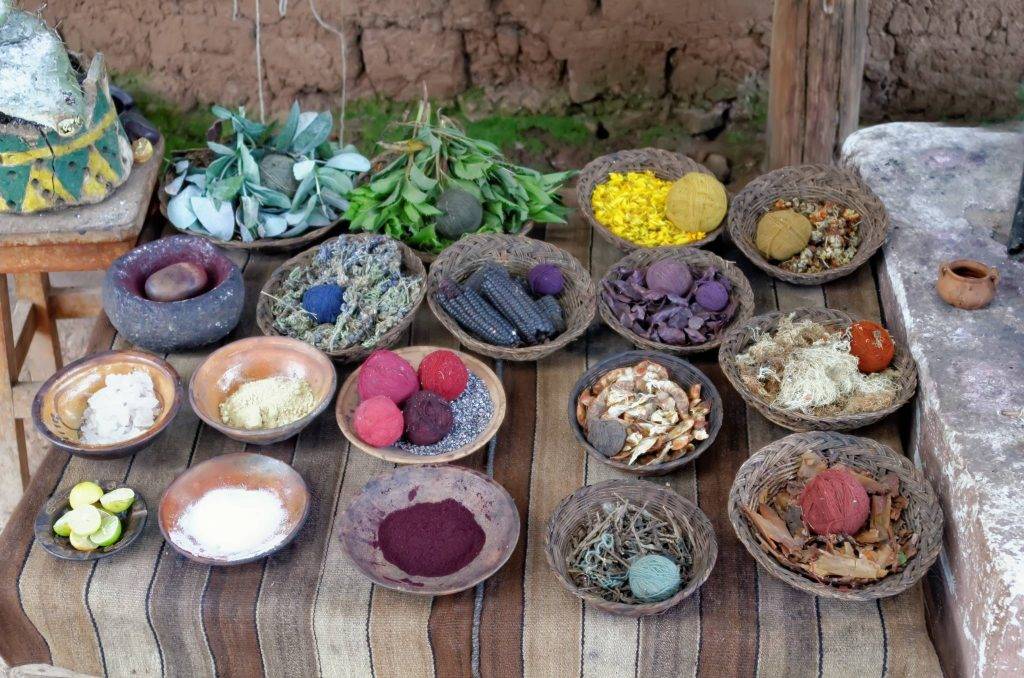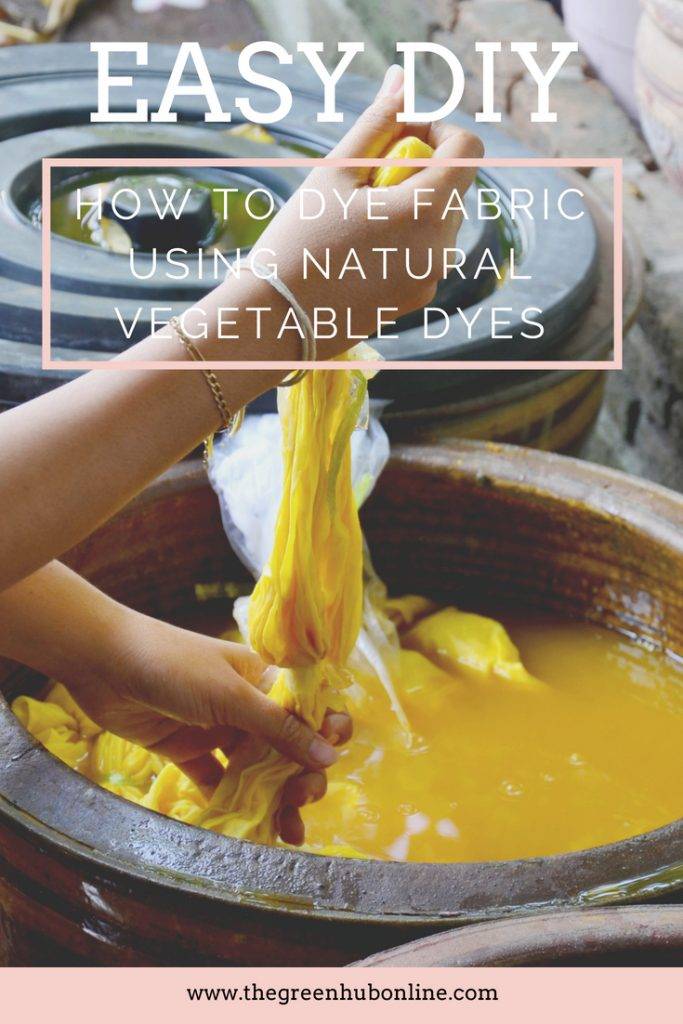For over 4000 years, mankind has been dying clothing with natural and synthetic colours.
Why? To express our status, gender, group, wealth, family, emotions, and everything in between.
We use coloured clothes to express ourselves as individuals, but the discovery of synthetic dyes in the mid-19th century, has made the dying process unsustainable and damaging to the environment.
Finally, we’re seeing a revival of natural dyes, and ancient dying techniques are slowing coming back into fashion.

But what’s wrong with synthetic dyes?
Although synthetic dyes offer longer lasting colours and a wide array of options, they are made up of chemical compounds. These can be highly toxic and harmful to the human body. They are particularly damaging to individuals who work in the production of clothes and encounter harsh dyes daily. Endocrine disruptors in synthetic dyes disturb hormones in the body, causing cancerous tumours, birth defects, and other developmental disorders.
The environment is also damaged by synthetic dyes. If the factory using synthetic dye does not produce their clothing in a closed loop system (where all resources are recycled), then dye flows into surrounding water ways. The chemicals disturb species and ecosystems in the rivers and streams, whilst also contaminating the water source of neighbouring villages, causing sickness and disease in the communities.

What are natural dyes?
Natural dyes can be made from cow urine, insect acid, and sea snail excretion… but don’t worry, these aren’t what your clothes are generally dyed with!
Today, I won’t be teaching you how to DIY with cow pee (you can put your bucket down).
Avocado skins, brown onions, turmeric, beetroot, black beans, hibiscus flowers, walnut hulls, and red cabbage are just a few of the types of plant matter that are used to naturally dye fabrics. The beauty of natural dyes, but also the most challenging, is that each vegetable applies a different colour. This means companies must work hard to create systems that keep fabric colour consistent for their collections, or communicate discrepancies in the colours to their customers.
Companies such as Amour Vert and Vegie Threads are dedicated to using natural dyes, and do so successfully. They communicate to their customers that the dyes may not last as long as synthetic dyes, and the garments must be washed delicately. For most, this is a small price to pay for the relief of our planet and its people.
How to DIY with natural dyes
- First, choose the garment you wish to dye. It’s best if it is white or a very light colour, and is made of natural fibre. Cotton, silk, wool, and linen provide the best results.
- Pick your colour. Do your research to decide what colour each vegetable can offer, and use your common sense when experimenting too. Red cabbages will make purple, onions will make yellow/orange, coffee grounds will make brown, and strawberries will make pink.
- Wash the garment well (with your eco laundry detergent), but do not bother drying it.
- Prepare a fixative/mordant so the dye will set in the fabric. If you’re dying with berries, use salt: ½ cup of salt in 8 cups of water. For everything else, use vinegar: one part vinegar, 4 parts water. Soak the fabric in a mordant solution for an hour in a pot on the stove. Simmer at a low boil.
- Prepare the dye. Chop your chosen plant material into little pieces, and place in a large pot. Use double the amount of water to plant ratio. Bring to the boil, simmer for an hour, strain the plant matter, and place the dyed liquid back in the pot.
- Put your prepared clothing in the dye pot. Let it simmer here until you’re happy with the colour. You can even leave it overnight.
- Wash and dry the garment separately, and do so after this dying process before your first wear.
- Enjoy your DIY naturally dyed clothes!



